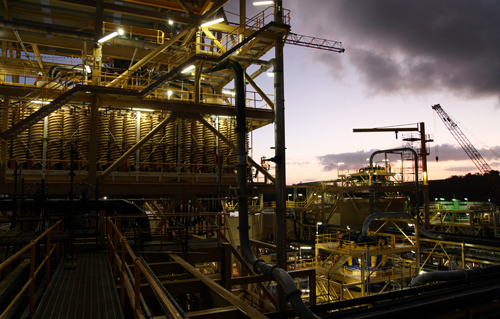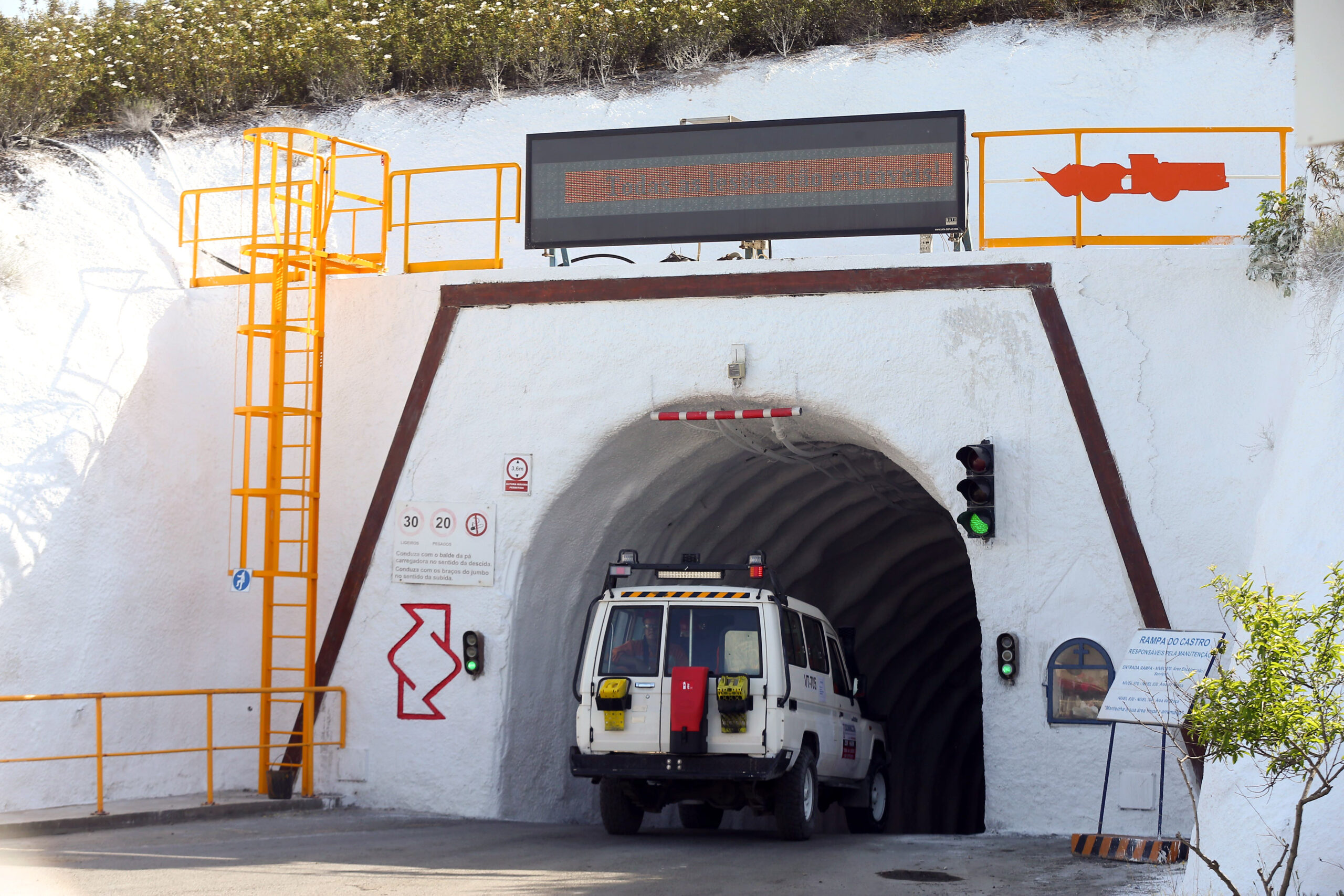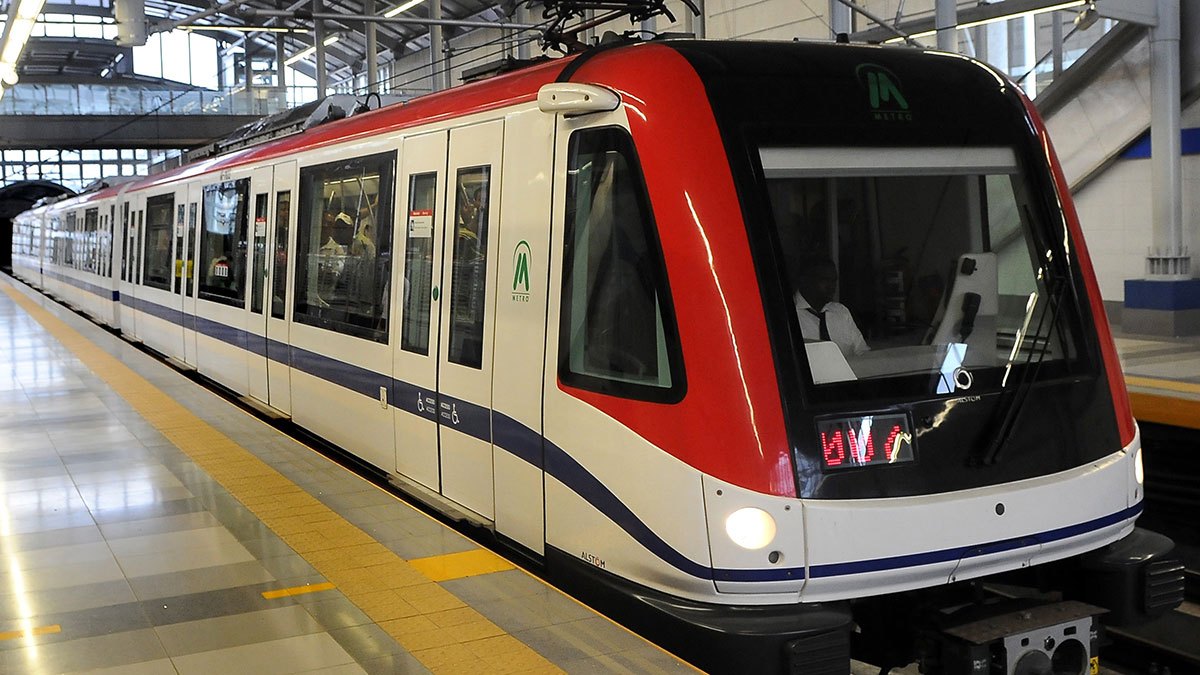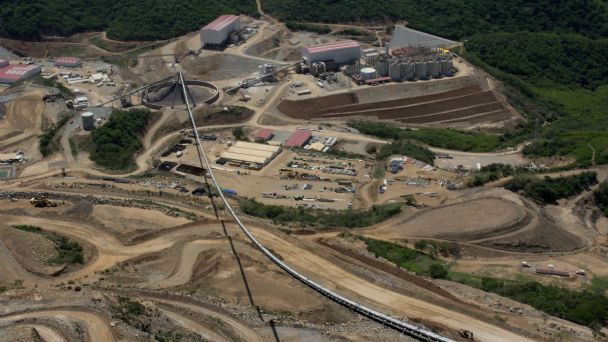
Base listed on the ASX in October, 2008, with a portfolio of Australian iron ore projects. Carstens and his team, recognising that these assets would not produce any company-makers, “set sail round the world looking for the right opportunity we could build the company around”. In July, 2010, Base acquired its 100 per cent interest in the Kwale minerals sands project in Kenya. By the time the company dual-listed on London’s AIM bourse in January, 2013, it was clear that this project was rapidly emerging as the company-maker Carstens had set his sights on.
Situated just 10 kilometres inland and 50 kilometres south of Kenya’s principal port of Mombasa, Kwale had already undergone investment surpassing $60 million to progress the project through resource definition, government approvals and Definitive Feasibility Studies (DFS) when Base took the reins. This meant the project was well advanced, allowing its new owner to fast track financing and development. “It was the ideal project to build our business model round, get our team in place, the capital base, the reputation to move to the next project and beyond,” Carstens says.
His is a sentiment encapsulated by Base’s development model for Kwale. Instead of delegating project execution to a single ECPM contractor, Base engaged best-in-class specialists in port construction, dam building, process plant design and construction, and power land access infrastructure. “We have our own integrated management team that knits the whole thing together,” Carstens explains. “That model has worked well. It enables us to anticipate issues before they become reality and get engaged with the contractors very early, while we have plenty of options for dealing with those issues, supplementing the horsepower when we need to and keeping the project ‘on the rails’.”
Kwale is of genuinely strategic importance to Kenya’s future mineral production and the sector’s role within the nation’s economic wellbeing. As well as proving up Base’s company mettle as an explorer, developer, and producer, the project heralds the dawn of a significantly enhanced mineral sector in Kenya. Kwale is Kenya’s first large scale modern mining operation and is poised to have a huge impact on GDP: income from titanium mining at Kwale will see mineral exports displace coffee as the fourth highest foreign exchange earner and contribute an estimated $225 million in royalties and taxes over the 13-year life of the mine.
Beyond the numbers underpinning Kwale’s medium-term beneficial impact, the project is seen as a poster child for future large-scale resource development in Kenya. According to Kenya’s Vision 2030 framework, Kwale is a long-term development blueprint to create a globally competitive and prosperous nation and transform Kenya into ‘a newly industrialising, middle-income country providing a high quality of life to all its citizens by 2030 in a clean and secure environment.’ There is collateral benefit for the government, Carstens emphasises, in terms of Kwale being a catalyst for future inward investment and development of the mining industry. “The government has been enormously supportive and has played its role.”
So it’s important for Kenya, but it’s a blueprint to the future of Base Resources too, wherever it goes next. Reaching this point has taken more than paying lip service to CSR, Carstens says. He sees CSR more as the language of obligation whereas, Base engages with the community on a more transactional basis as a core function of its business. “We give them what they need so we get what we need” he says. Base wants the communities to be satisfied with the value and benefit the Company’s activities deliver to them. “In exchange, we have a proud workforce and a supportive community that is an active and positive referee for the way the company does business.” The ‘establishment’ phase of the project involved the relocation of some 500 households. While most of these households were were squatting on the land, Base treated all as if they were landowners in the relocation and compensation process. This relocation was completed in compliance with The World Bank’s Equator Principles. Roads were re-routed, all infrastructure replaced and enhanced. Mosques, churches, schools, community hall and a new regional health centre have been built.
“Employment is obviously very important in a situation like this,” Carstens explains. “During our peak construction phase, we had 2,400 people working on site, of whom 1,000 were from the local community – many had never had a job before.” Currently, 1,600 Kenyans are working onsite at Kwale and, for a country that has a very underdeveloped mining sector, Kenya has a good skills base, Carstens confirms. “71 percent of our operational workforce comes from the coastal province. There’s a good general level of education. And at a more advanced level, we have three or four comparatively young geology graduates working in the business; according to our exploration manager the guys coming out of Kenyan universities are as good as the guys coming out of Australia!”
On the ground, Kwale has progressed with amazing efficiency and speed for a country new to mining. An eight kilometre access road, a 700 bed camp, a 16 kilometre 132 kVA power line and substation and the tailings facility have all been completed as well as the eight million cubic metre Mukurumudzi Dam that will provide water for the project while giving reliable year-round supply to the communities downstream. And the finishing touches have been put to Base’s dedicated Likoni Port facility, just across the channel from Mombasa itself, complete with a 65,000 tonne storage shed from which ilmenite and rutile is loaded onto ships via a conveyor system and a 1,000 tph shiploader on the wharf.
Kwale’s infrastructure is in place. Its mining unit and concentrator are running well in the ramp up process ahead of commissioning of the ilmenite and rutile separation circuits at the end of November. Commissioning of the zircon circuit will follow in January. “The key milestone for me is going to be in January, when we wave goodbye to our first bulk shipments,” Carstens says. “We will ramp up the ilmenite and rutile fairly quickly, so by May both will be producing at the full run rate. Zircon always takes a little longer. We will be most of the way to our target run-rate for zircon by mid-2014 but achieving the full 30,000 tonne per annum rate will most likely take all of 2014.”
Mineral sands concentrate production is largely straightforward from a technical standpoint, Carstens explains. Ilmenite’s magnetic qualities, courtesy of its iron content, mean it can be extracted using powerful rare-earth magnets, while rutile, as a conductor, is amenable to electrostatic separation. “Zircon is different. It has very similar physical properties to the remaining minerals in the concentrate and requires as much art as science in the separation process. It is always the hardest part of a mineral sands plant to get your arms around.”
Base has offtake agreements in place for all of Kwale’s production of rutile, ilmenite and zircon for the first year and most of the first 5 years of production. Ilmenite and rutile are predominately used as inputs in the production of titanium dioxide (TiO2) pigments used in paints, papers, ink, plastic and a huge array of other applications. Zircon is mostly used in ceramics and has many high-tech applications. China is the world’s largest consumer of all these chemicals: its demand for them has grown steadily and will certainly continue.
As Kwale’s production profile is established, Base is also mindful of leaving a beneficial legacy in Kenya beyond Kwale’s 13-year mine life. Base Titanium, the parent company’s wholly-owned operating subsidiary in the country, is not just getting behind its in-house training programmes but also a scholarship programme for talented youngsters. It is also exploring a partnership with Business for Millennium Development (B4MD), an Australian not-for-profit organisation founded to build awareness and provide market insights on inclusive business opportunities in developing countries, to establish a agricultural development programme to get people efficiently growing selected crops that can be marketed globally to B4MD’s programme partners, among them the world’s largest food groups.
In the near-term, Base remains fully supportive of its partner, the Government of Kenya, and continues to discuss ways in which changes to the nation’s mineral legislative frameworks can drive national economic prosperity and build a globally competitive destination for mining investment.
“The real challenge at the moment that the Kenyan government is wrestling with – like many others in Africa and elsewhere – is getting in place the right fiscal and regulatory settings to balance the need to attract investment and at the same time maximise local benefit and participation,” Carstens says. “That’s something we really want to contribute to.”
Written by John O’Hanlon, research by Richard Halfhide



 BaseResources-Africa-Mining-Dec13-Bro-s.pdf
BaseResources-Africa-Mining-Dec13-Bro-s.pdf









